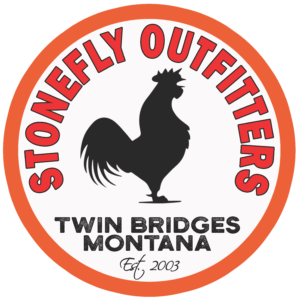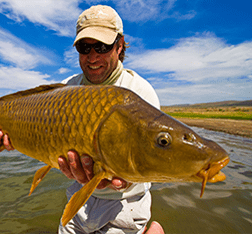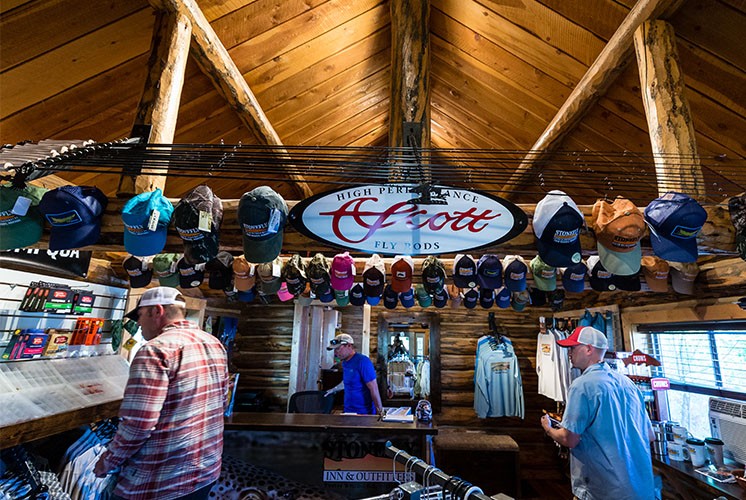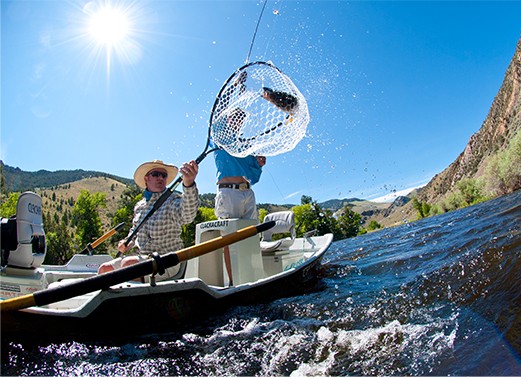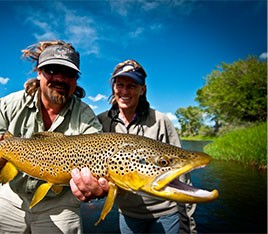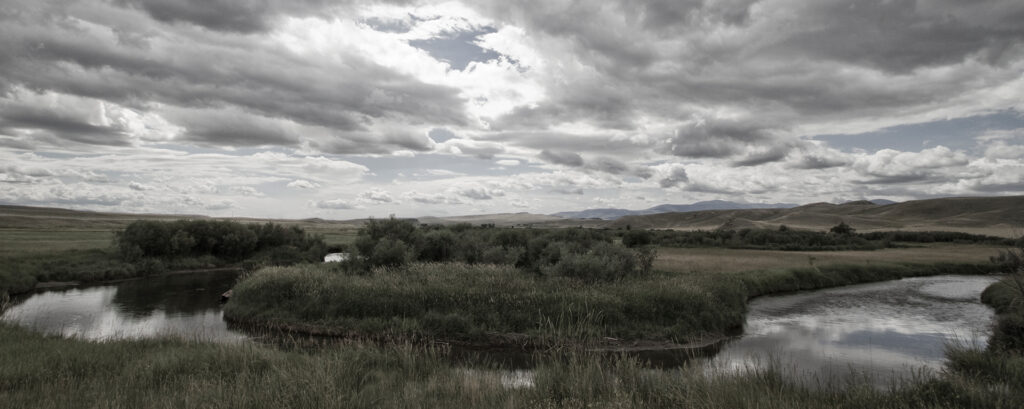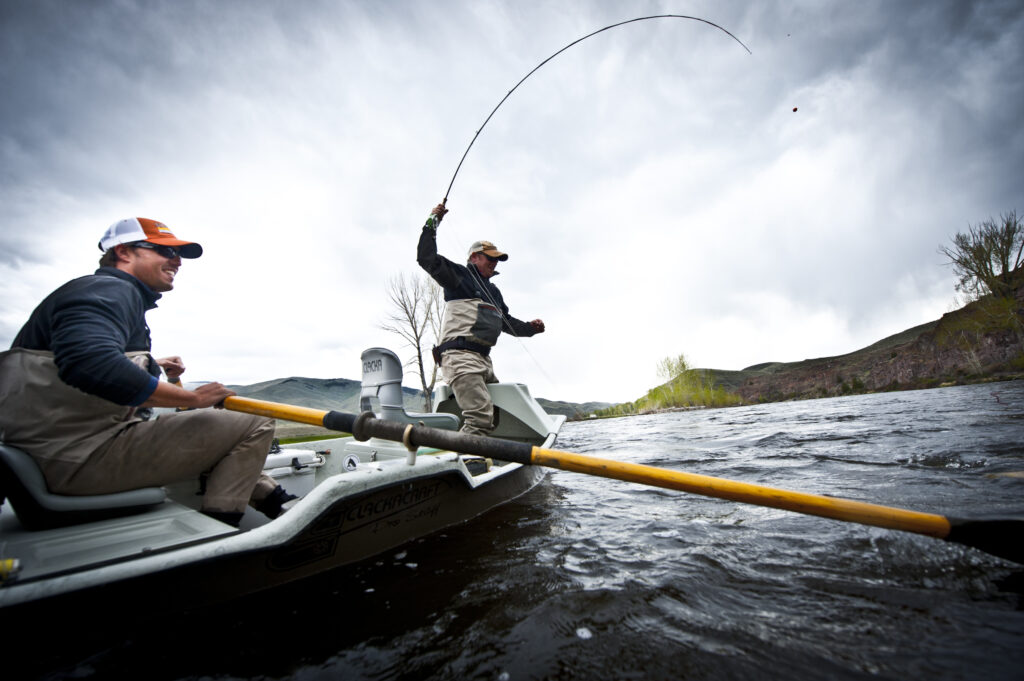
THE BIG HOLE RIVER
A true freestone river, The Big Hole and its diverse water will distract even the most ardent angler from his fly now and then. From canyon walls to meandering farmlands the Big Hole River changes its face around every corner. A favorite guest of mine, Bob Chadwell once said, “We just fished the Big Hole for 5 days, and each day it seemed we were on a different river”.
Limited outfitter use makes this river a first choice for many of our guest anglers.
- What the Big Hole offers:
- Over 150 miles of fishable water.
- Freestone trout fishing. No dams here.
- Caddis hatches that can require dust masks.
- Stonefly hatches that bring even the largest of trout to the surface.
- 6 months of changing conditions – great early and late season opportunities.
- Fishable at high and low flows
- Side channels, dry fly slicks, and nymphing riffles.
There are hundreds of great fly fishing rivers in the state of Montana alone. Thousands in the United States. The Big Hole River is likely in the top 3 of both lists.
So when is the best time to fish the Big Hole River?
Fed by three different mountain ranges and dozens of freestone creeks, the Big Hole is often referred to as “The Last Best River.” It fishes well from ice out in April until the winter weather hits in November.
March – Mid April
Shortly after our ice flows leave the river, our fish become very active. While nymphing and slow stripping streamers are the go-to methods, cloudy days bring hatches of blue wings and midges offering some dry fly opportunities.
Mid-April – Late May
This timeframe is considered a “Guides’ Favorite” with our crew. Warming trends and typically stable water flows bring increased insect activity to the river. We have a fairly predictable hatch of Skwala stoneflies that provides some great afternoon action, and the appetites of our fish seem voracious at times. The infamous “Mother’s Day Caddis” hatch ushers in the seasons best dry fly fishing.
Early June – July
My personal favorite time on the Big Hole River. The days are long and so are the drifts. Our famous stonefly hatch keeps us all on our toes for a good 10 day window, and the golden stones, summer nocturnal stones, caddis and mayflies keep us in the fish through the end of July. Early terrestrial action with ants and beetles can be great in late July!
August
Reduced water flows and true summer temps bring on our late summer mayfly hatches. Tricos and occasionally the spruce moths will bring our fish to the surface. This is also prime terrestrial month, so plan on throwing hoppers or dry dropper rigs most of the day. This is a great time for the patient dry fly angler to really “hunt heads” in some of the greasy tailouts and slicks.
September
It’s not uncommon to see a little snow in the high country in September, which will provide an injection of cooler water into the system. Tricos, blue wings, and terrestrials are the name of the game.
October
Fall colors will be in their prime by the 10th, and the brown trout will get pretty serious about spawning shortly thereafter. The pre-spawn timeframe can produce some great streamer action, as well as dry fly fishing on the cloudy days.
